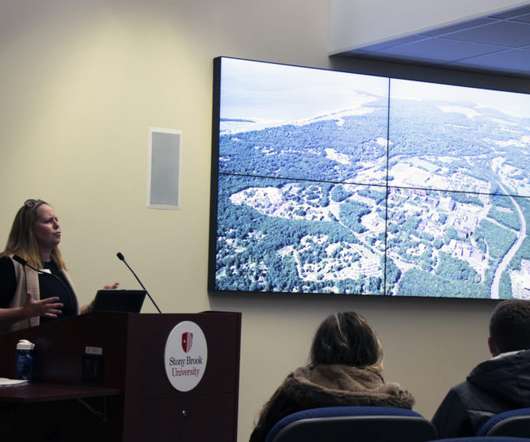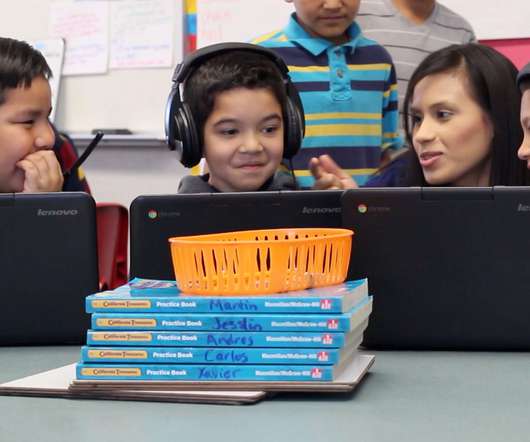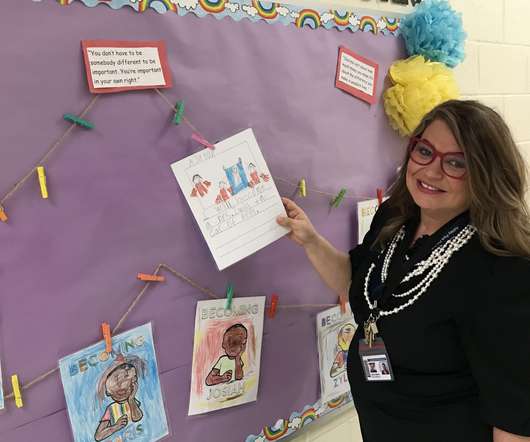What the World Can Teach the US About Education Technology
Edsurge
MARCH 24, 2019
Long-term planning and investment in infrastructure for widespread and improved access to the internet and mobile devices is critical. Chile has more mobile cellular subscriptions (127 per 100 people) than the U.S. Governments, educators, advocacy groups and companies large and small need to work better together. percent) and China (4.10












































Let's personalize your content